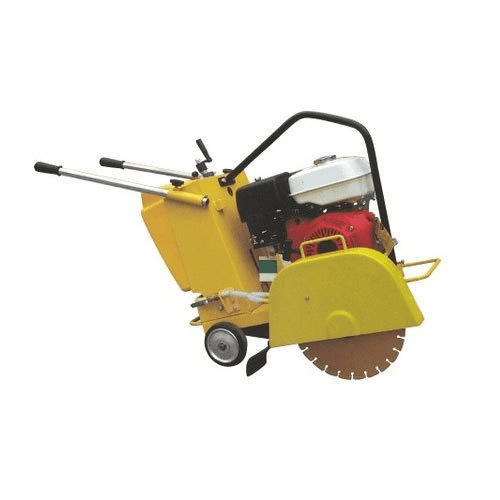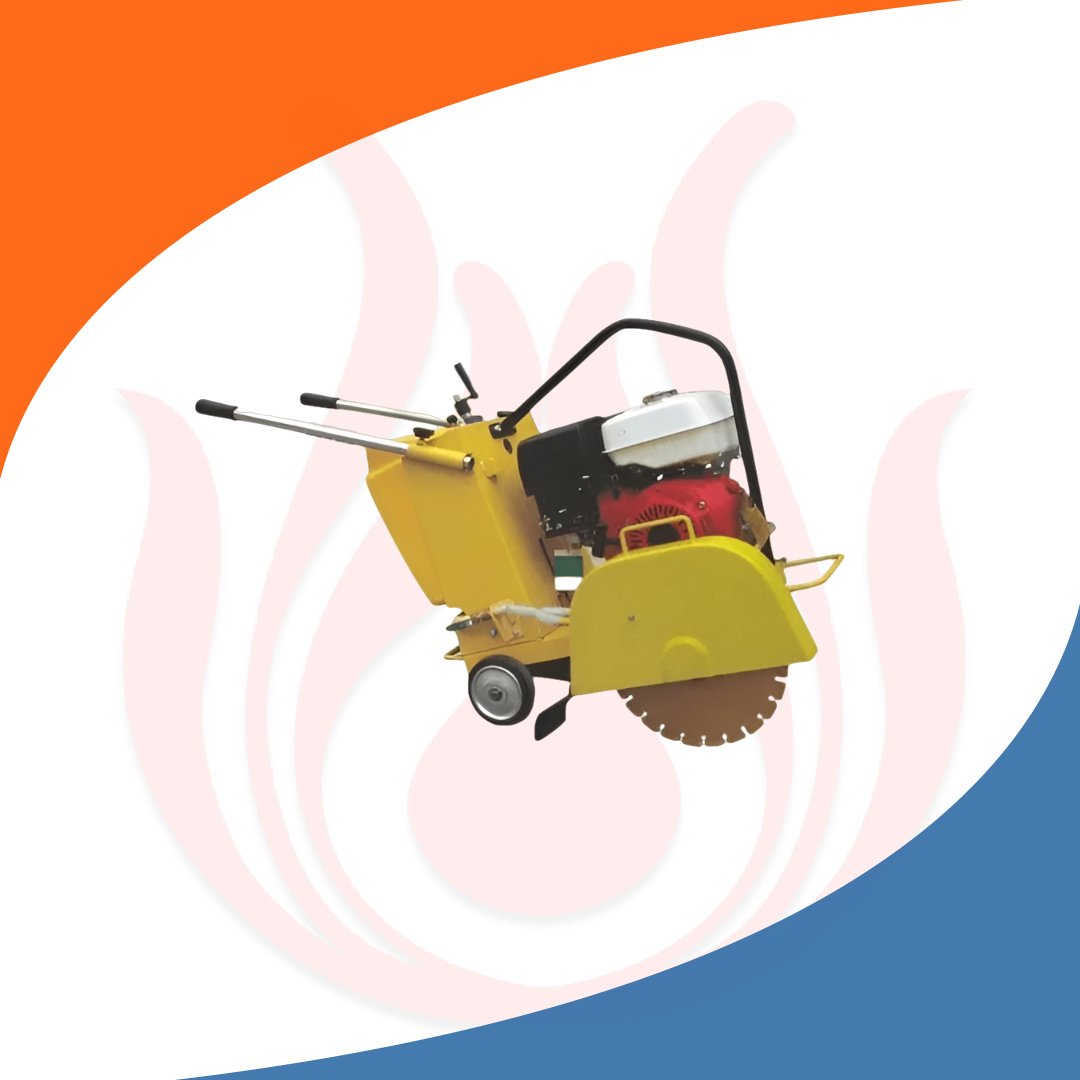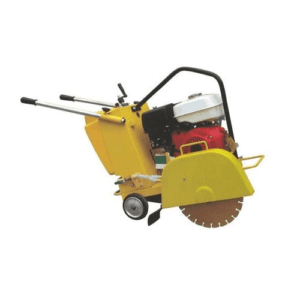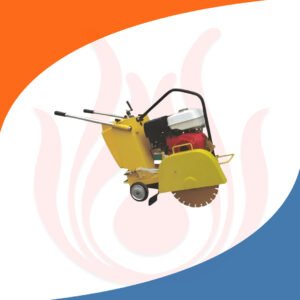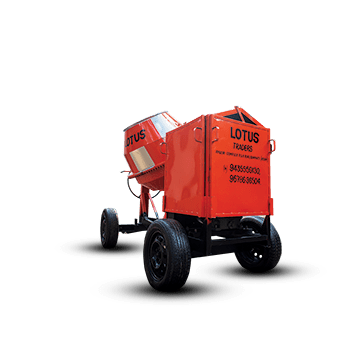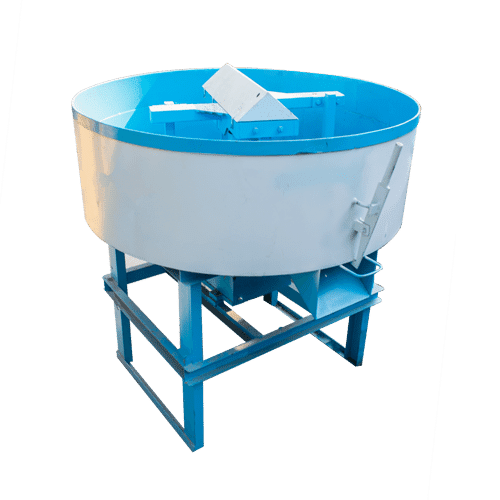Asphalt and Concrete Floor Saw
- High Quality Materials
- Compliance With Standards
- Clear Product Information
- Warranty & Support
- Product Testing & Certification
- Delivery & Policy
- Ask a Question
- Estimated Delivery: 5 Days – 10 Days
- DESCRIPTION
FEATURE | SPECIFICATION |
Diamond Blade Size | 350 to 500mm |
Information About Asphalt and Concrete Floor Saw:
An asphalt and concrete floor saw, commonly known as a “floor saw” or “road saw,” is a powerful tool used in construction for cutting through asphalt, concrete, masonry, and other hard materials. These saws are crucial for tasks such as road maintenance, cutting trenches for utility installations, and making expansion joints in concrete slabs. Here’s an overview of the key aspects of asphalt and concrete floor saws:
Key Features and Components:
Blade:
- The saw uses a diamond-tipped blade, which is highly durable and effective for cutting through hard materials like asphalt and concrete. Blades are available in various diameters, typically ranging from 12 inches to 36 inches, depending on the depth of cut required.
Engine:
- Floor saws are powered by either gasoline, diesel, or electric engines. Gasoline and diesel engines are more common on construction sites due to their portability and power, while electric models are preferred in indoor or environmentally sensitive areas.
Cutting Depth:
- The cutting depth is adjustable and depends on the blade size and the specific model of the saw. Some floor saws can achieve cutting depths of up to 15 inches or more, allowing for deep cuts through thick materials.
Water Cooling System:
- Most floor saws are equipped with a water cooling system to cool the blade during cutting. This prevents the blade from overheating, reduces dust, and extends the blade’s lifespan. The water is typically delivered through a hose that sprays directly onto the blade.
Handle and Controls:
- Floor saws feature ergonomic handles and intuitive controls for ease of use. The operator can adjust the cutting speed, depth, and angle to suit the specific task.
Frame and Wheels:
- The saw is mounted on a robust frame with wheels for mobility. The wheels are often designed to provide stability and smooth movement, even on rough surfaces.
Safety Features:
- Many floor saws include safety features such as emergency stop buttons, blade guards, and vibration dampening systems to protect the operator during use.
Types of Floor Saws:
Walk-Behind Floor Saws:
- These are the most common type, where the operator walks behind the machine to guide it along the cutting path. They are versatile and used for a wide range of cutting tasks.
Ride-On Floor Saws:
- These are larger, more powerful machines where the operator sits on the saw and controls it from a seated position. Ride-on saws are used for large-scale projects requiring extensive cutting, such as highways or airport runways.
Applications:
Road Construction and Maintenance:
- Floor saws are essential for cutting through asphalt and concrete when repairing or laying roads, creating expansion joints, or removing damaged sections.
Utility Installation:
- When installing utilities like water, gas, or electrical lines, floor saws are used to cut trenches in roads or sidewalks.
Demolition:
- In demolition projects, floor saws are used to precisely cut through concrete slabs, walls, or other structures, facilitating controlled removal.
Building Construction:
- Floor saws are used in constructing buildings to cut concrete slabs for doorways, windows, or mechanical system installations.
Advantages:
- Precision: Floor saws allow for precise, clean cuts, which is crucial for creating joints or removing specific sections of material.
- Versatility: They can be used on various materials, including asphalt, concrete, brick, and stone.
- Efficiency: Floor saws are powerful and can quickly cut through thick materials, making them ideal for large-scale projects.
Safety Considerations:
- Operator Training: Proper training is essential for operating a floor saw safely, as these machines are powerful and can be dangerous if not used correctly.
- Protective Gear: Operators should wear appropriate protective gear, including eye protection, hearing protection, gloves, and steel-toed boots.
- Dust Control: Even with water cooling systems, dust can be an issue, so it’s important to work in well-ventilated areas or use additional dust control measures.
Maintenance:
- Blade Inspection: Regular inspection and replacement of the diamond blade are necessary to ensure efficient cutting and prevent accidents.
- Engine Maintenance: Regular maintenance of the engine, including oil changes, air filter replacements, and fuel system checks, is crucial for the longevity of the machine.
- Cleaning: After each use, the saw should be cleaned, especially the water cooling system, to prevent blockages and ensure proper functioning.
Asphalt and concrete floor saws are indispensable tools in the construction industry, offering a combination of power, precision, and versatility for cutting through tough materials in various applications.


